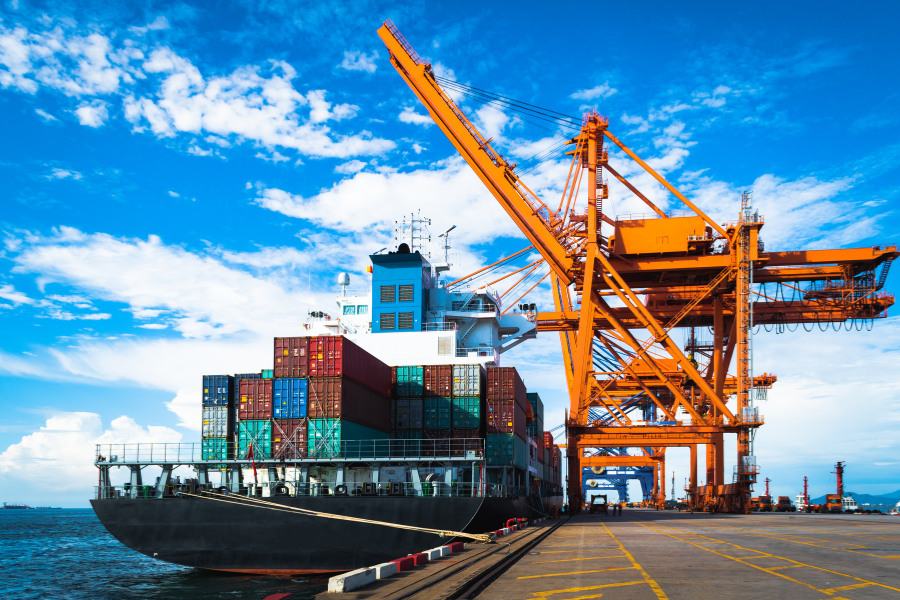
In today’s changing and competitive business environment optimizing supply chains is essential, for companies looking to stay. While traditional methods have their advantages incorporating technology presents a way to boost efficiency, cut costs and enhance overall performance. This article delves into how geospatial technology can transform supply chain management and why its an asset that no company should overlook.
The Power of Location Intelligence
- Understanding the Landscape
Location intelligence harnesses geographic information systems (GIS) to. Visualize data within a framework. By mapping out supply chain networks companies can gain insights into their operations. This involves understanding the distribution of suppliers, manufacturing facilities, warehouses and retail outlets.
- Improving Decision Making
Through technology decision makers can observe data patterns and trends that may not be apparent in spreadsheets. This increased visibility enables decisions on inventory management, route planning and demand prediction. For example pinpointing areas, with demand can assist in locating warehouses to reduce delivery times and expenses.
Real-Time Tracking and Monitoring
- Insight into the Entire Supply Chain
An advantage of technology is the ability to track goods in transit in real time. By combining GPS and IoT sensors companies can monitor the whereabouts and status of shipments throughout the supply chain. This enhanced visibility ensures that any potential issues like delays or route deviations are quickly detected and resolved.
- Risk Management
Geospatial technology also plays a role in managing risks. By analyzing data businesses can. Address risks related to weather conditions, natural disasters and other disruptions. For instance during a hurricane situation companies can adjust shipment routes to steer clear of affected areas minimizing disruptions in the supply chain.
Optimizing Routes and Reducing Costs
- Route Optimization
Effective route planning is key to cutting transportation expenses and enhancing delivery schedules. Geospatial technology enables businesses to evaluate route choices and select the efficient paths. This not only saves on fuel usage and emissions but also boosts customer satisfaction by ensuring deliveries.
- Cost Efficiency
Through optimized routes and reduced travel times companies can realize significant cost savings. Geospatial analysis helps pinpoint bottlenecks and inefficiencies, in the supply chain allowing firms to streamline their operations and allocate resources efficiently. These saved costs can then be reinvested into aspects of the company for expansion and innovation.
Fostering Better Collaboration and Communication
- Creating a Unified Perspective
Technology offers a view of the entire supply chain promoting improved teamwork and communication, among stakeholders. By using a platform teams can exchange data, insights and updates in time ensuring everyone stays informed. This collaborative approach results in effective supply chain management.
- Strengthening Partnerships
Establishing partnerships is crucial for a supply chain. Geospatial technology enables communication with suppliers, distributors and logistics partners. Through the sharing of information businesses can collaborate to overcome obstacles streamline operations and achieve shared objectives. This enhanced collaboration ultimately leads to an responsive supply chain.
Focus on Sustainability and Environmental Impact
- Minimizing Environmental Footprint
The focus on sustainability is gaining traction across businesses. Geospatial technology plays a role in supporting sustainability efforts by optimizing transportation routes, reducing fuel usage and cutting down on carbon emissions. Embracing eco practices allows companies to demonstrate their commitment to responsibility while appealing to environmentally conscious customers.
- Promoting Responsible Sourcing
Geospatial technology also contributes to promoting sourcing strategies. By mapping out supplier locations and analyzing data businesses can ensure that their suppliers adhere to environmental guidelines. This does not enhance the company’s reputation. Also plays a part in building a more sustainable global supply chain.
The Future of Improving Supply Chains
- Embracing Innovation
Looking at the key to enhancing supply chain efficiency lies in embracing technologies like geospatial analytics. As technology progresses combining intelligence and machine learning with data will boost predictive capabilities and operational effectiveness. Companies that proactively adopt these innovations will be better equipped to tackle the challenges of todays supply chain landscape.
- Preparing for Challenges
While leveraging technology brings various advantages it’s crucial to anticipate and address potential obstacles. Implementing solutions necessitates investments in infrastructure, training and data management. Nonetheless the long term benefits outweigh the expenditures making it a valuable investment for thinking businesses.
Conclusion
At Envision Beyond we recognize the game changing impact of technology on optimizing supply chains. Our state of the art solutions are crafted to empower businesses with insights and tools for boosting efficiency, cutting costs and fostering growth. Leveraging our expertise in analytics enables companies to unlock their supply chain networks full potential.
Join forces with Envision Beyond to leverage the edge.Together we can navigate the intricacies of supply chains. Propel your business toward a more efficient and sustainable future.
